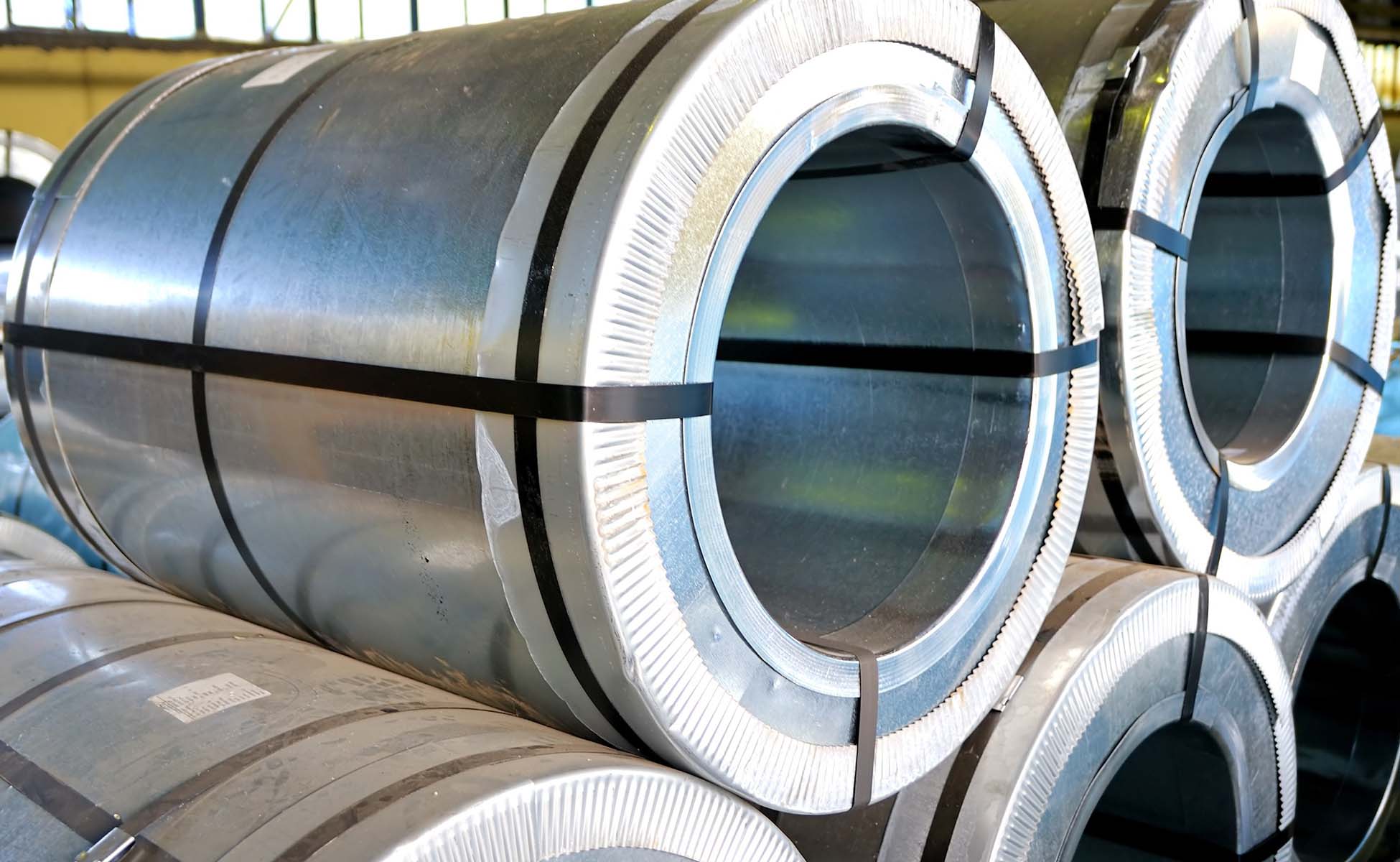What is Hot Forming?
Hot forming is a manufacturing process in which metal is heated above its recrystallization temperature to plastically deform it. This process allows the production of complex geometries while simultaneously enhancing the material properties. Hot forming is especially essential in the automotive industry, as it produces components that are both lightweight and high-strength—a perfect combination for modern vehicle construction.
Materials Used in Hot Forming and Their Benefits
- Boron-Manganese Steel (22MnB5)
- High-Strength Aluminum Alloys
Hot forming requires the use of special materials that exhibit both sufficient formability and high strength to successfully undergo the demanding forming process and subsequent heat treatment. Each material has its specific properties and advantages.
In press hardening, boron alloys such as boron-manganese steel (22MnB5) are typically used. These alloys exhibit high strength and allow for effective hardening during the forming process through controlled cooling. Boron-alloyed steel is characterized by good formability, which is crucial for hot forming.
In addition, aluminum alloys can also be used in hot forming or press hardening, depending on the specific application requirements. Aluminum alloys are known for their low density and good corrosion resistance. They are often used for lightweight structural parts to reduce vehicle weight and thus achieve better fuel efficiency.
Hot-Formed Steel: Boron-Manganese Steel (22MnB5)
- Properties: This type of steel is commonly used because it can be easily formed at high temperatures and achieves very high strength after cooling.
- Advantages: It offers an excellent combination of formability at high temperatures and strength after cooling. It is also relatively cost-effective and readily available.
- Applications: Safety- and crash-relevant body components such as A- and B-pillars, bumper beams, and side sills that contribute to occupant protection.
High-Strength Aluminum Alloys
- Properties: Aluminum alloys are lightweight and corrosion-resistant, making them ideal for use in the automotive industry.
- Advantages: The main advantages are low weight and high strength. Aluminum parts help reduce the vehicle's weight, which in turn lowers fuel consumption and emissions.
- Applications: Aluminum alloys are often used for hoods, doors, and suspension components.
Hot forming and the materials used in this process are key elements for the modern automotive industry. They enable the production of components that are both lightweight and extremely durable. With each new vehicle model, the possibilities of hot forming are pushed further, and new materials are tested to make future vehicles even safer, more efficient, and more environmentally friendly.
